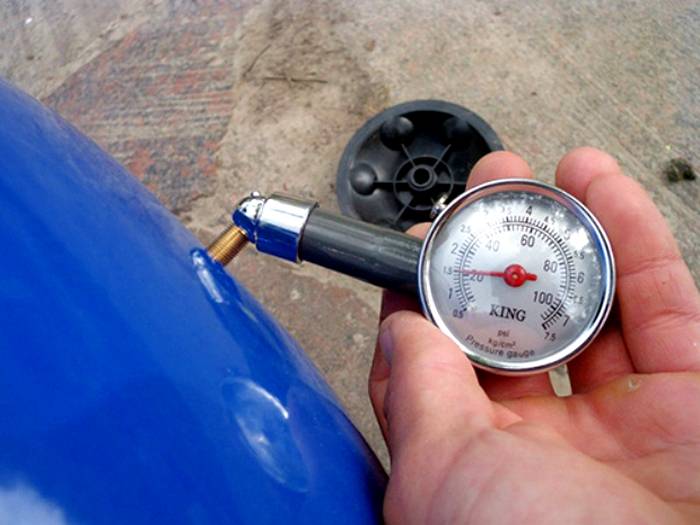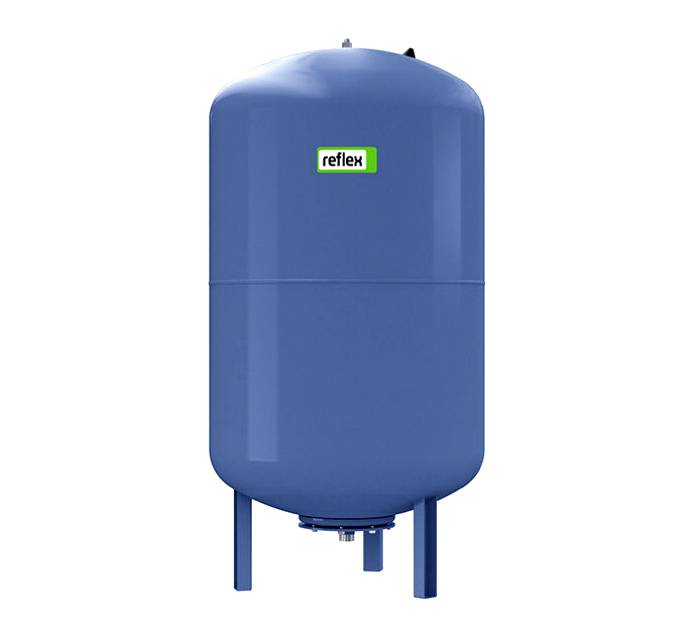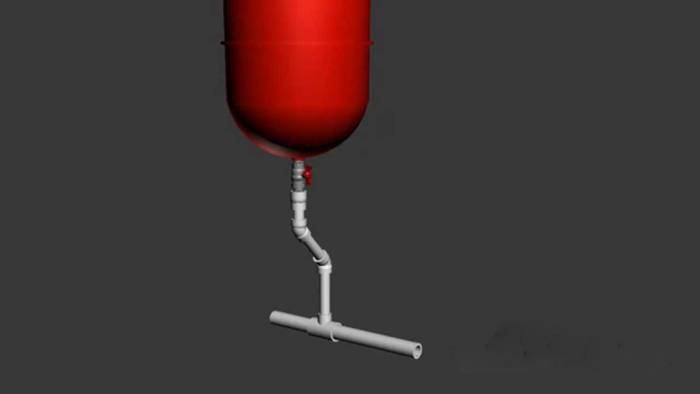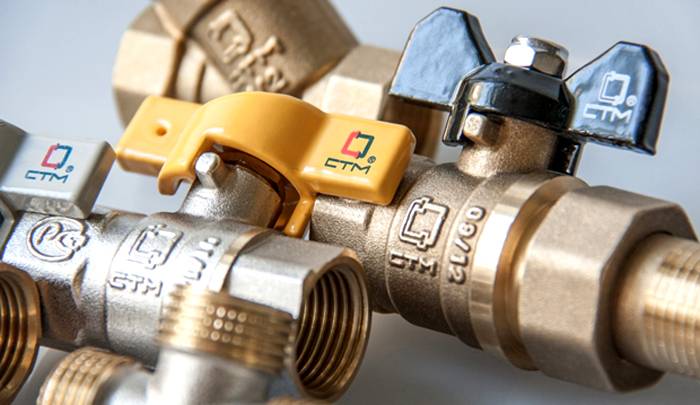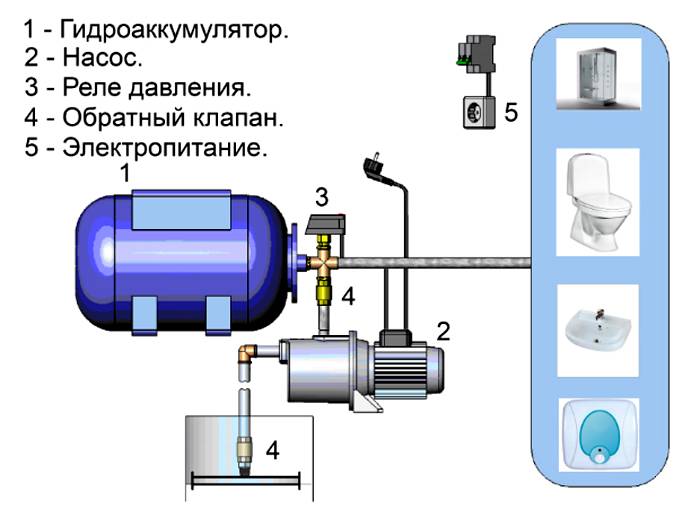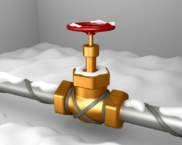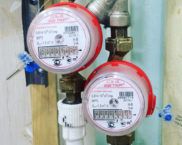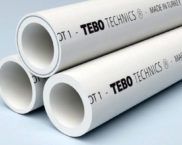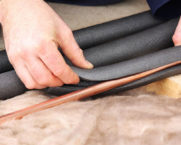Why is a hydraulic accumulator useful for water supply systems?
Failure of autonomous communications in a private house is a common phenomenon, since equipment with limited load is used. In most cases, troubles can be avoided by using various compensatory mechanisms. For example, a hydraulic accumulator for water supply systems provides an even water supply and a supply of liquid in case the electric pump is turned off, which increases the service life of the pipeline connected to the equipment system, eliminates the problem of water interruptions. Let's figure out how he does it, whether it is necessary in the house, how to choose the right model and what to look for during installation.
The content of the article [Hide]
Description of the device
Heating in a private house is a closed system with a constant amount of water. When heated, it expands and presses from the inside on pipes, hoses, taps and fuses of the connected mechanisms. A powerful pump or large volume boiler in the water cycle also assumes a high level of pressure when the water is turned on. Continuous sharp fluctuations create the risk of pipeline rupture and equipment breakdown.

With a pressure difference in the boiler and pipes, the inclusion of water can provoke a strong water hammer
Accumulator functions
What is the structure
The volume of the expansion tank is partly filled with water and partly with air. They are separated by a food-grade rubber membrane or water is collected in a rubber cylinder. When the tap is opened, water enters the system, which is displaced by compressed air.
Automatic relay determines the decrease in air pressure in the accumulator below the set minimum due to the emptying of the tank and gives a signal to turn on the pump and refill fluid. When the initial air compression value is reached, it switches off. If there is a slight drop in pressure, the pump will not start. That is, a small water intake does not lead to the launch of the entire system, but only starting from the accumulator. This reduces wear and tear and electricity consumption.
The accumulator has fastenings that correspond to the method of its placement ─ on the floor or on the wall. Outside coated with anti-corrosion epoxy paint or other protective coating. Operating parameters such as preset and maximum pressure, permissible water temperature, diameter of the water inlet are indicated on each unit. These characteristics are selected in accordance with the purpose of the battery and the specific features of the customer's water supply system.
How to choose a hydraulic tank for water supply systems
The volume of household batteries varies from 6 to 500 liters; devices of larger size are practically not used in private houses. The membrane material determines whether the model can be used in a heating system or only in cold water supply. Synthetic rubber withstands an average temperature range of -10 ° C to + 100 ° C, and natural rubber up to + 50 ° C.
Models and prices
- Tanks with universal fasteners... Hydraulic accumulators for water supply systems up to 50 liters are often produced with a mechanism suitable for both horizontal and vertical installation. Placed on the floor when it is not possible to fix the device on the wall for reasons of ergonomics or technical reasons.
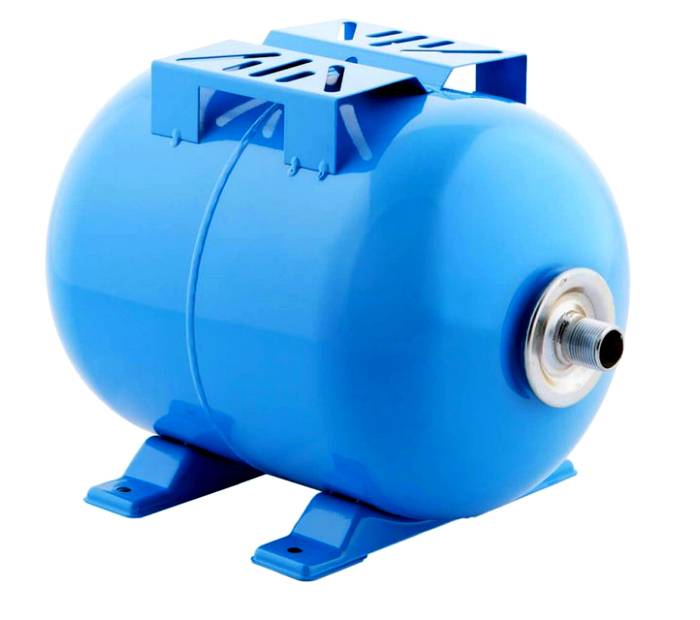
A flat platform on the accumulator is designed for installing a pump on it, helps to optimize the location of the hydraulic unit
Regardless of the installation method, the expansion tanks are equipped with a nipple that serves not only for pumping and increasing pressure, but also for venting excess air that gets inside with water and unbalances the operation of the unit. The presence of a replaceable membrane, which breaks down the fastest, prolongs the life of the product.
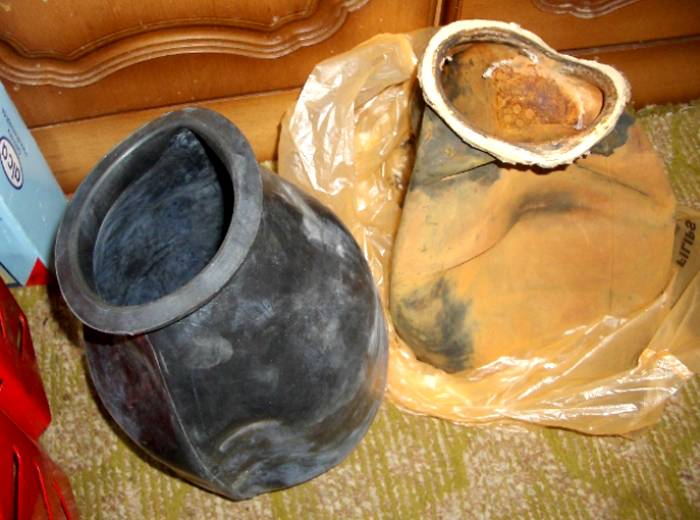
Devices without a replaceable cylinder are cheaper, but they are designed for light loads and short-term operation
Prices for hydroaccumulators for water supply start at an average of 700 rubles. for 8 liters and reach 25'000 rubles. for 500 liters. Popular brands are Russian Gileks, Wester and Uni─Fitt, Reflex and Zilmet of German production. European products are 10-15% more expensive. For Russian conditions, they are not always the best choice.
Related article:
Selection factors
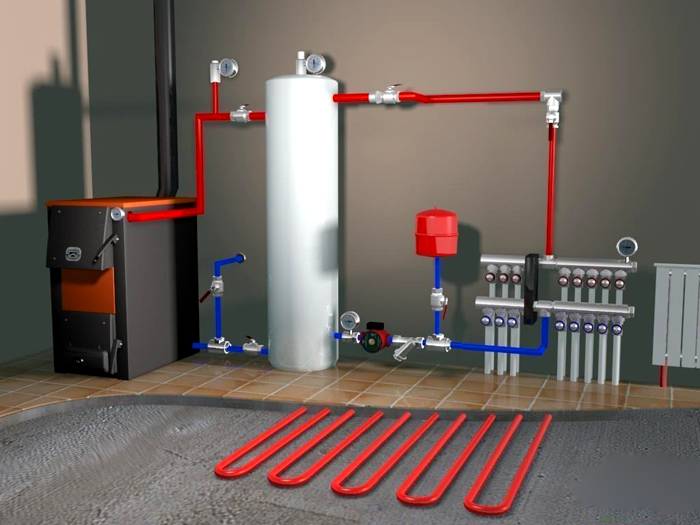
A gas, diesel or electric boiler heats water smoothly and does not require such a large expander as a gas
Related article:
Installation and operation of a hydraulic accumulator for water supply systems
The preparatory work consists of choosing an installation site and flushing the entire system to remove air capsules. The expansion tank is mounted in a warm room, on a flat surface, as close as possible to the pump. Apparatus that combine both devices are also on sale. The location should allow for unimpeded service: checking pressure, changing diaphragm, venting or pumping air.
How to connect a hydraulic accumulator to a pumping station and pipes
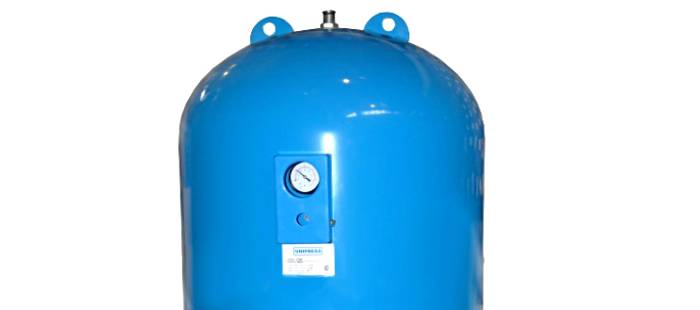
There are devices with a built-in pressure gauge on sale, to the rest it is connected through a spool
Connect the seams by welding or compression fittings ─ depending on the piping material ─ and seal.
If the water supply is intermittent, then the air compression force set during installation does not correspond to the size of the system. The new indicator is calculated as the distance between the tank and the highest point of the pipeline in meters, add 6, divided by 10. The resulting figure is the required number of bars. To maintain an even air pressure in the expansion tank, it is recommended to measure it at least once every 2-3 months.

A hydraulic accumulator for water supply systems is not a strictly necessary element in the house, but its presence guarantees compliance with modern standards. Benefits on the face:
Video: water supply and hydraulic accumulator in a private house





